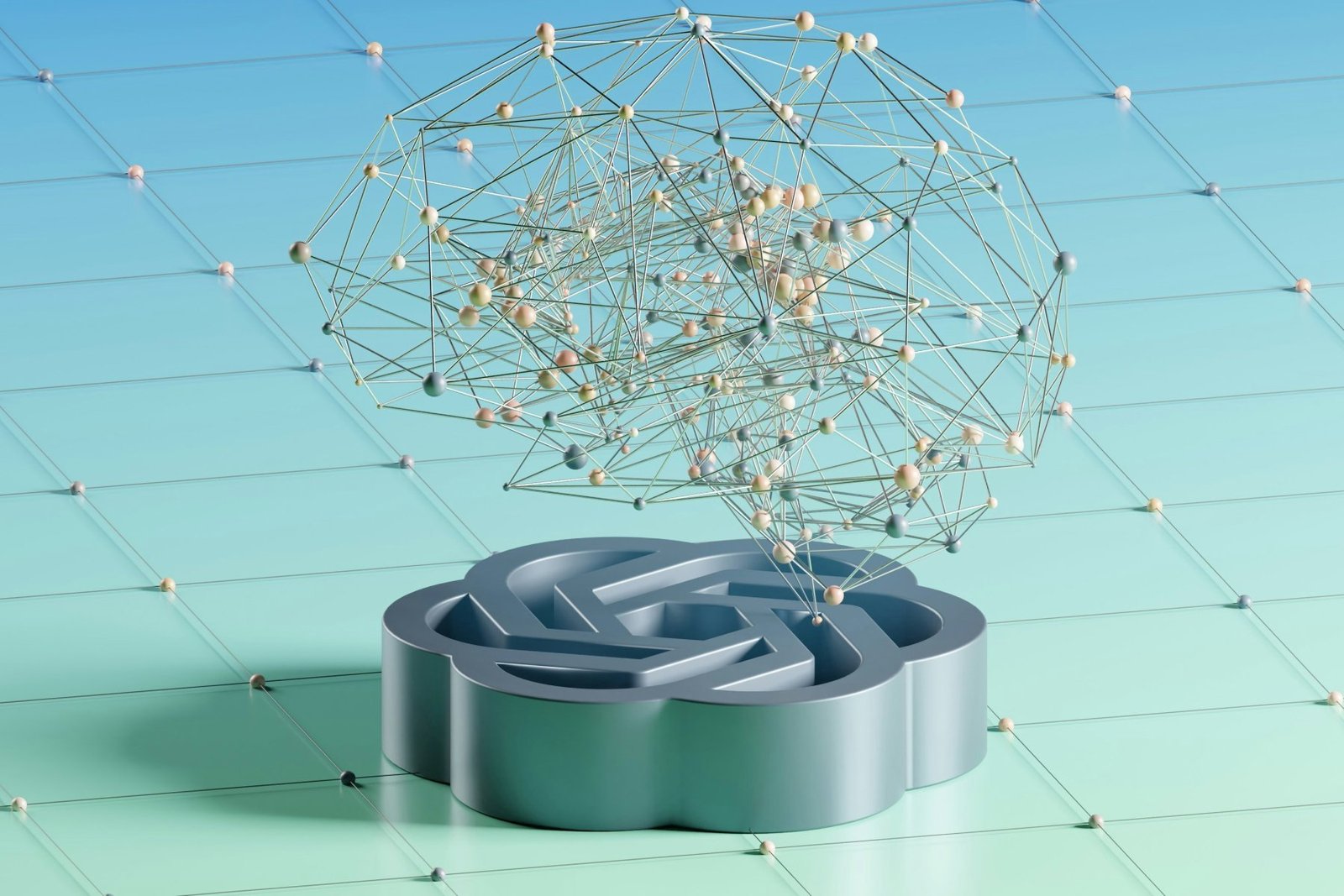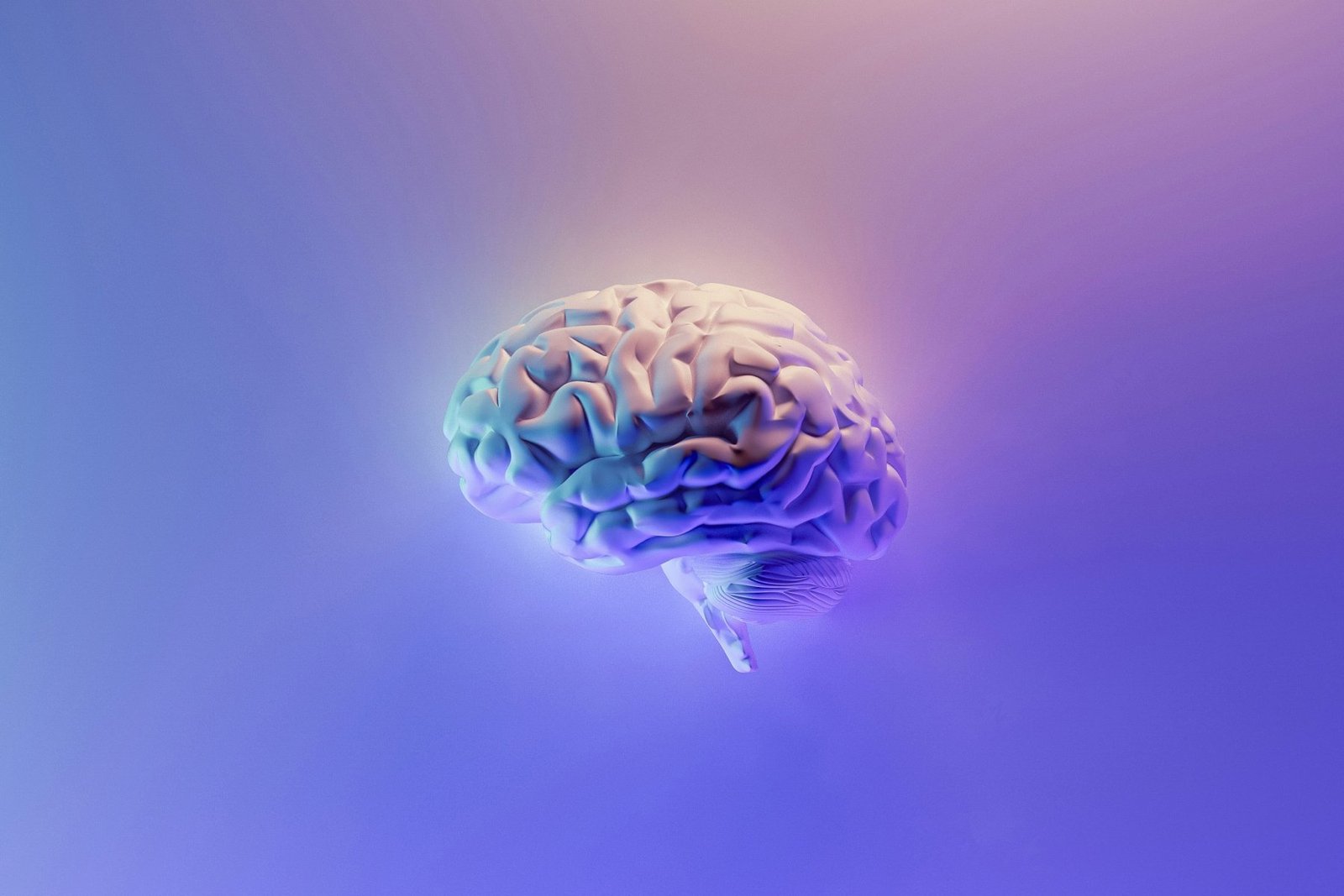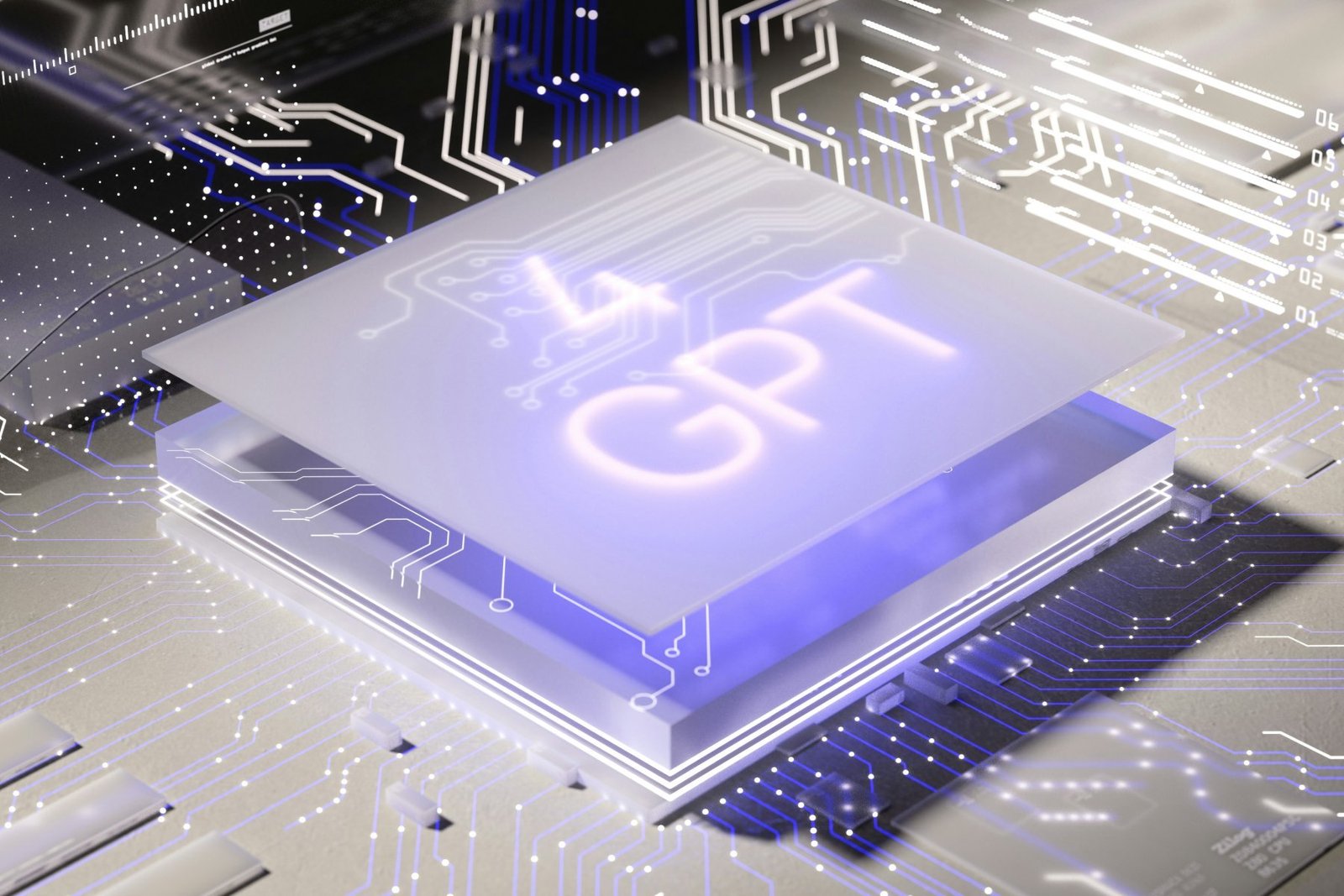The Double-Edged Sword: Understanding AI's Role in Both Cyber Attack and Defense
Artificial Intelligence stands as one of humanity’s greatest achievements, a tool with immense potential to revolutionize industries and improve lives. Yet, like any powerful innovation, it presents a double-edged sword in the world of cybersecurity. While we at Zybercure are dedicated to leveraging AI for robust cyber defense strategies, we must equally acknowledge and understand its growing, disturbing role in powering sophisticated cyber attacks. This is the heart of the AI arms race – a relentless innovation cycle shaping our digital future.
Cybercriminals are quickly adopting AI to enhance their malicious activities, making traditional defenses less effective and attacks more insidious. The age of simple, easily detectable scams is fading; we’re entering an era of intelligent, adaptive cybercrime. Here’s how AI is fueling AI cybercrime:
AI: The Cybercriminal's New Weapon
- Hyper-Realistic Phishing and Social Engineering: Generative AI, especially Large Language Models (LLMs), has revolutionized the creation of highly personalized and contextually aware phishing emails, SMS messages (smishing), and voice calls (vishing). Gone are the obvious grammatical errors. AI can craft messages that perfectly mimic legitimate senders, leverage publicly available information to build instant rapport, and even generate deepfake voices or videos to impersonate executives or loved ones, making online fraud terrifyingly convincing.
- Automated and Evasive Malware Generation: AI can rapidly generate new, polymorphic, and even metamorphic variants of malware. This means the malicious code can constantly change its structure or behavior, making it incredibly difficult for signature-based antivirus solutions to detect. AI can also assist in creating self-learning malware that adapts to its environment, identifies new vulnerabilities, and actively evades detection by defensive systems, constantly evolving to bypass security measures.
- Advanced Reconnaissance and Automated Exploitation: Threat actors use AI to automate the laborious process of reconnaissance – scanning vast networks, identifying vulnerable systems, and mapping out potential attack paths with unprecedented speed and accuracy. AI can then go a step further, assisting in the generation of custom exploit code for newly discovered vulnerabilities or chaining together multiple weaknesses to achieve a compromise that would take human attackers days or weeks.
- Adversarial AI Attacks: This is a sophisticated new frontier in AI threats. Adversaries can craft inputs (e.g., slightly altered images, data packets, or network traffic) that are imperceptible to humans but designed to trick or "poison" AI models used in defensive systems. This could lead to a defensive AI misclassifying malicious activity as benign, generating false positives that overwhelm SOC teams, or even being subtly manipulated to open backdoors in protected systems.

Fighting Back: The Imperative for Advanced AI Security
To counter these evolving AI threats, our cyber defense strategies must be equally, if not more, sophisticated and AI-driven. This is where the positive side of the AI sword comes into play, creating a crucial need for robust defensive AI capabilities:
- Enhanced Threat Detection and Proactive Hunting: Defensive AI, as we discussed in our “Silent Sentinels” blog post, excels at anomaly detection, behavioral analytics, and identifying never-before-seen threats. This capability is paramount for countering the polymorphic malware and novel attack vectors created by offensive AI. AI-powered tools enable human security analysts to move from reactive defense to proactive threat hunting, unearthing hidden threats before they escalate.
- Automated and Intelligent Incident Response: When an attack is detected, every second counts. AI can drastically reduce the mean time to respond (MTTR) by automating the initial stages of incident response. This includes instantly isolating infected systems, blocking malicious IPs, revoking compromised credentials, and collecting forensic data. AI-driven security orchestration, automation, and response (SOAR) platforms empower human teams to focus on strategic decisions rather than manual execution, minimizing the impact of a breach.
- Predictive Threat Intelligence and Risk Management: AI aggregates and analyzes petabytes of global threat data, geopolitical shifts, and emerging cybersecurity trends to provide truly predictive threat intelligence. This allows organizations to anticipate future attack vectors, understand their most probable risks, and proactively harden their defenses, focusing resources where they will have the greatest impact. It shifts security from a reactive cost center to a strategic enabler.
- Counter-Adversarial AI and Model Hardening: An emerging but critical area is the development of defensive AI models specifically designed to detect and mitigate adversarial AI attacks. This involves techniques like AI model hardening, data sanitization, and employing robust machine learning algorithms that are resilient to manipulation. This ensures that the very AI we rely on for defense remains trustworthy and effective against sophisticated AI-powered threats.
- AI for Secure Code Development (DevSecOps): Shifting security left in the development lifecycle, AI is increasingly being integrated into DevSecOps practices. AI tools can analyze code for vulnerabilities, identify misconfigurations in cloud environments, and even suggest secure coding practices in real-time. This proactive approach helps build security into software from the ground up, reducing the attack surface before systems are even deployed.


Navigating the Ethical and Governance Complexities
As AI’s role in cybersecurity expands, critical ethical and governance considerations emerge. Ensuring responsible AI deployment is as vital as its technical capabilities.
Bias in AI Models and Discriminatory Outcomes:
AI systems learn from the data they are trained on. If this data reflects historical human biases or societal inequalities, the AI model can inadvertently perpetuate or even amplify discrimination in security decisions. For example, a system might disproportionately flag legitimate activities from certain demographic groups as suspicious, leading to unfair profiling or denial of access. Addressing these biases requires careful data curation and continuous auditing.
Accountability in Automated Security Decisions:
When an AI system autonomously makes a critical security decision – like blocking a legitimate user, quarantining a vital system, or even initiating a counter-attack – the question of accountability becomes complex. Determining who is responsible for an error or unintended consequence (the AI developer, the security analyst who deployed it, or the organization itself) requires clear governance frameworks, robust explainable AI (XAI) capabilities, and human oversight mechanisms to ensure ethical conduct and legal compliance.
The Dual-Use Dilemma and International Norms:
The very AI technologies developed for robust cyber defense often possess capabilities that can be repurposed for offensive cyber operations, creating a significant “dual-use dilemma.” This raises challenging questions about the responsible development and proliferation of AI, the need for international norms and treaties governing AI’s use in cyber warfare, and preventing its acquisition by malicious state or non-state actors.


Conclusion: Navigating the AI Cyber Battlefield with Responsibility
The AI arms race is not a distant future; it’s the defining battleground of current cyber warfare. As AI becomes more accessible and powerful for both defenders and attackers, the line between innovation and exploitation blurs. Organizations and individuals can no longer afford to be complacent. Understanding how AI functions as a double-edged sword, encompassing both its transformative power for defense and the profound ethical responsibilities it entails, is not just academic; it’s a critical component of survival and responsible innovation in the digital age.
At Zybercure, our commitment is to empower individuals and organizations with the knowledge and tools to navigate this complex landscape. Our “AI + Cybersecurity: Integrating for a Secure Life and Work” course is your essential guide to understanding the threats, mastering the defensive power of AI, and contributing to the ethical evolution of AI security.
Ready to dive deeper? Explore our course: ‘AI + Cybersecurity: Integrating for a Secure Life and Work’ today at Zybercure.com!



